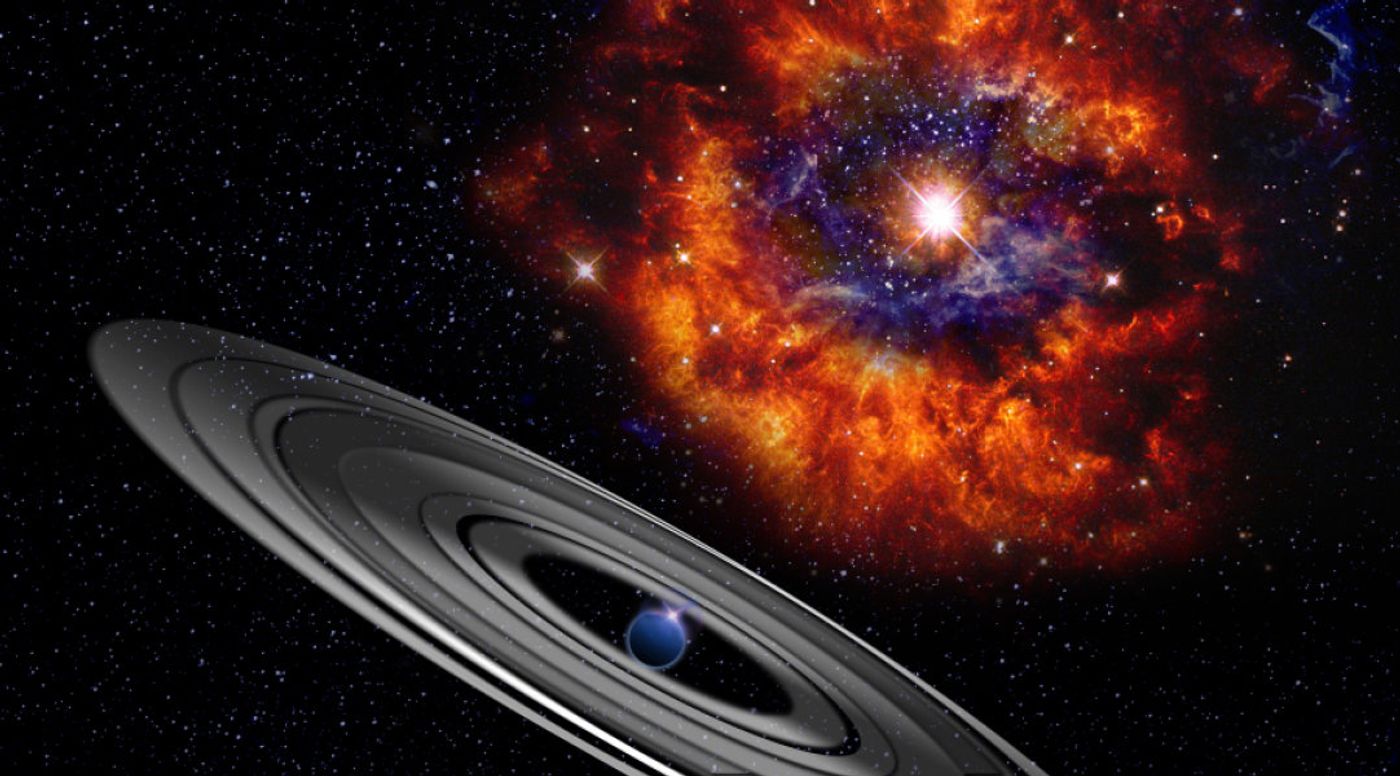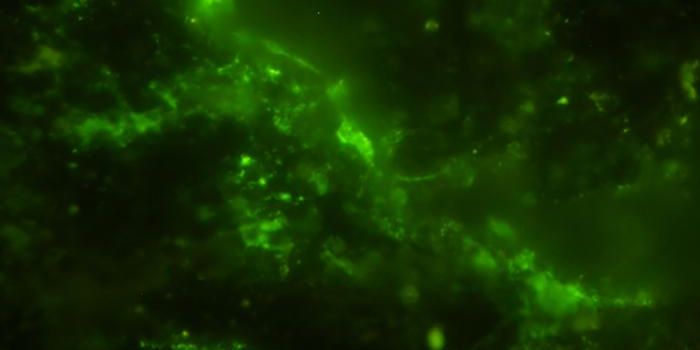Is a Gassy Exoplanet 50x the Size of Jupiter Orbiting This Star?
When it comes to massive exoplanets, one of the ways researchers spot them is by watching and waiting until it finds its way into the line of sight in between the Earth and that exoplanet’s host star. This is called transiting, and it offers an eclipse-like effect that dims the star’s light a little bit and helps astronomers confirm the existence of such exoplanets.
While analyzing 15 years world of data from the Wide-Angle Search for Planets (WASP) and Kilodegree Extremely Little Telescope (KELT), astronomers from the University of Warwick noticed some flickering in a star located in the Orion constellation approximately 1,000 light years away from Earth, and it might spell out the discovery of a new exoplanet.
In a study accepted for publication in the Monthly Notices of the Royal Astronomical Society, the researchers discuss the peculiar circumstances. A pre-print the of study is available on arXiv.org.
Image Credit: University of Warwick
The flickering is thought to be caused by a gassy exoplanet up to 50 times the size of Jupiter, as it cuts in between Earth and PDS 110, which is the star in question. According to the notes, data from both sources aligned with one another, revealing how light from the star would dim by as much as 70% every 2.5 years.
"We found a hint that this was an interesting object in data from the WASP survey," said Hugh Osborn, the study’s lead author, "but it wasn't until we found a second, almost identical eclipse in the KELT survey data that we knew we had something special."
Related: Neptune-like exoplanets are the most common in other star systems
The patterns of light flickering given off by the transit of this massive gassy body also suggest it may also have dense, dusty rings like Saturn, only significantly larger.
"What's exciting is that during both eclipses we see the light from the star change rapidly, and that suggests that there are rings in the eclipsing object, but these rings are many times larger than the rings around Saturn," said astronomer and study co-author Matthew Kenworthy.
There’s still a lot of data to collect, and these visual cues are still just that; cues. Fortunately, this September aligns with the next available opportunity to observe PDS 110’s light fluctuations once again. The researchers encourage even amateur astronomers to tune into the system and observe the changes.
"September's eclipse will let us study the intricate structure around PDS 110 in detail for the first time, and hopefully prove that what we are seeing is a giant exoplanet and its moons in the process of formation," Hugh Osborn continued.
Related: Study suggests that over half of Kepler's giant exoplanets aren't actually exoplanets at all
At this point in time, the only thing we have to go by are starlight fluctuations, and no direct observations; this is something astronomers want to change in the future as space observation technology advances. Perhaps with some help from the upcoming James Webb Space Telescope (JWST), we will be able to get a clearer perspective of what we’re looking at.
Source: University of Warwick









